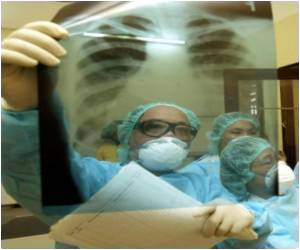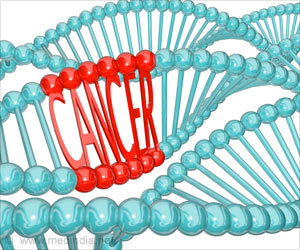A simple new technique could help improve diagnosis and treatment options for lung cancer sufferers, say scientists.

The test is said to represent an improvement on a current diagnosis test that is invasive and can only be carried out once.
Work on the tumour cells could also lead to future breakthroughs in understanding how the disease develops, researchers hope.
Until now, diagnosis has been made through a one-of procedure called a bronchoscopy in which tissue is taken from the airways with a needle.
In a new study, researchers detail how they studied the number of circulating tumour cells (CTCs) in 101 lung cancer patients before and after one cycle of chemotherapy.
The team discovered that patients who had five or more CTCs were much less likely to survive the disease.
Advertisement
"Our research shows a new way to monitor how a patient's lung cancer is responding to treatment and determine how aggressive it is. We now need to test our findings in more patients but, if our results are confirmed, there is now the potential to tailor treatments to individual patients and find new ways to treat the disease," the Telegraph quoted Dr Fiona Blackhall, joint author and lung cancer clinician at The Christie cancer centre in Manchester, as saying.
Advertisement
Source-ANI














